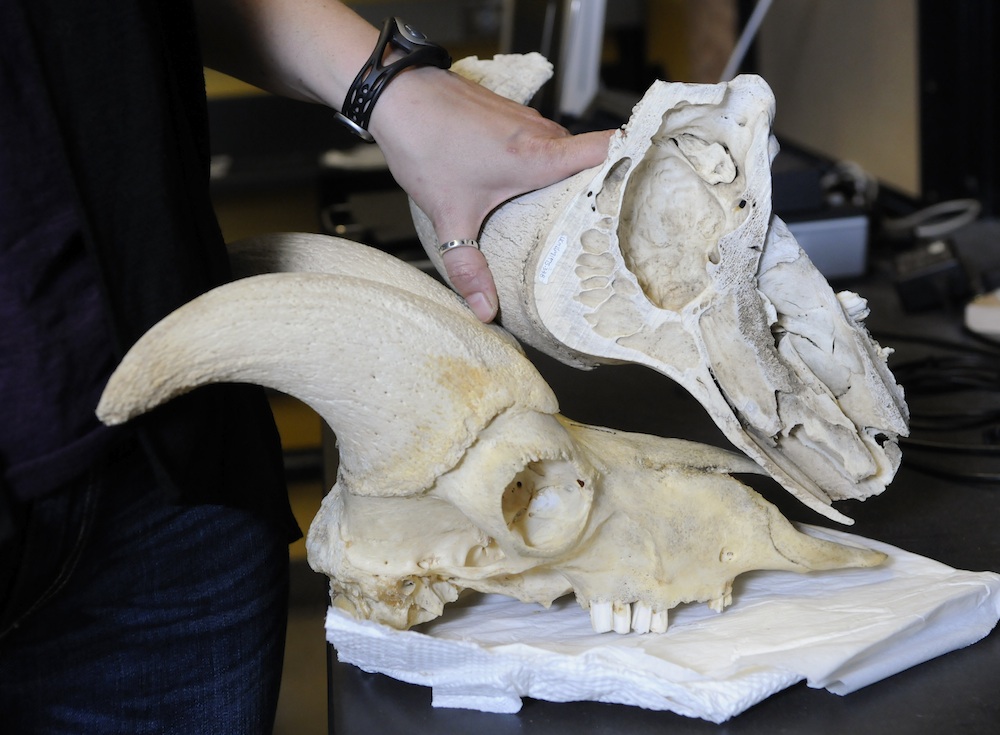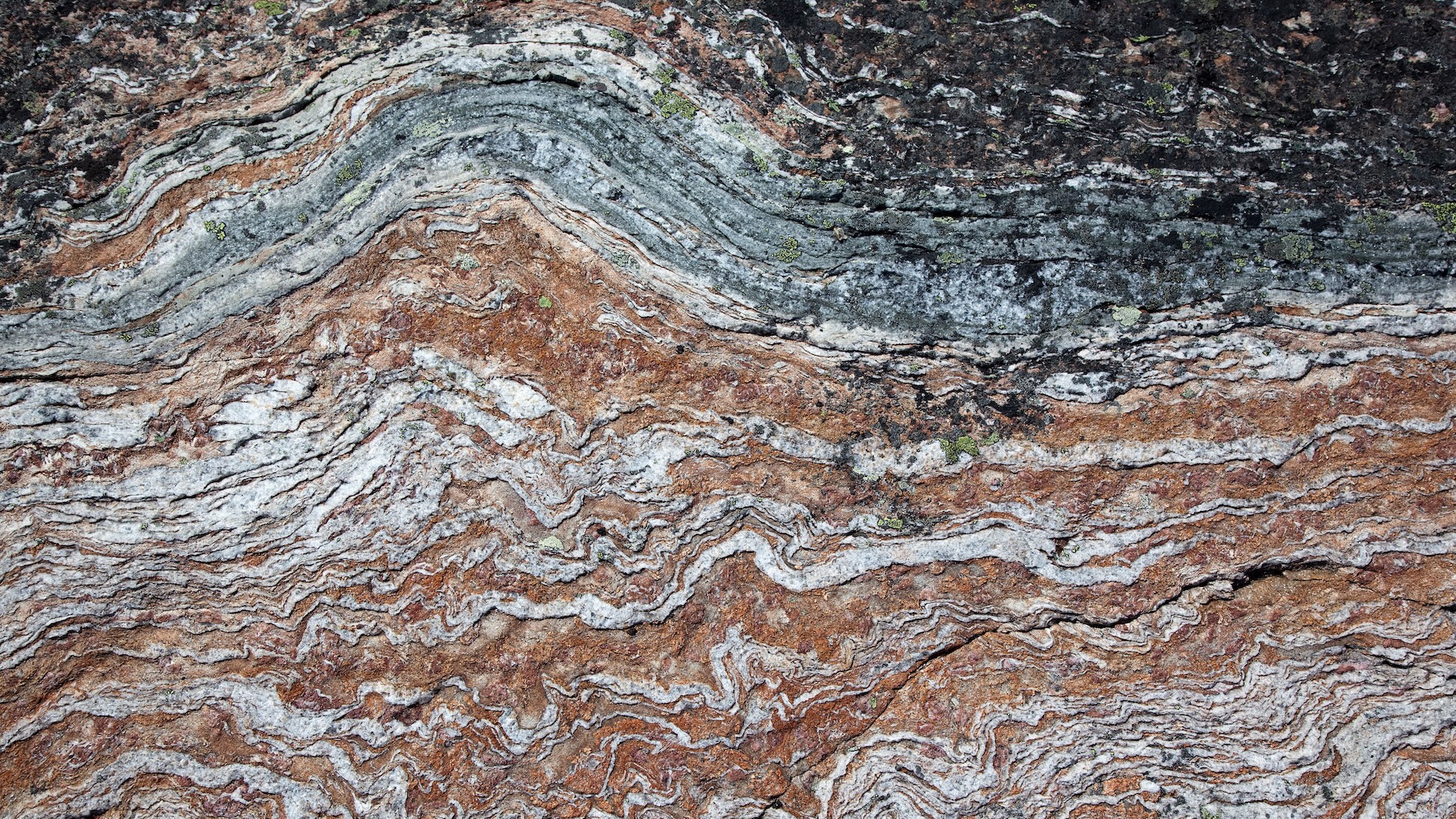Thick-Headed Dinosaur Was King of the Head Butt

A domed-head dinosaur may have been the king of the head butt, with a better skull than any modern noggin-knocker for protecting its brain during such attacks.
Scientists investigated a two-legged plant-eating dinosaur about the size of a German shepherd that lived some 72 million years ago, the pachycephalosaur Stegoceras validum. This herbivore possessed a bony dome on its skull, and there has been heated debate as to whether they used their heads to ram an opponent headlong, as bighorn sheep do, or to attack the opponent's flanks, as is the case with bison.
"Pachycephalosaur domes are weird structures not exactly like anything in modern animals," said researcher Eric Snively, a zoologist at Ohio University. "We wanted to test the controversial idea that the domes were good for head-butting."
To get inside the head of this ancient creature, Snively and his colleagues used CT scans and computer modeling. They analyzed the skulls of a large number of modern animals as well as a Stegoceras specimen from the University of Alberta in Canada. [25 Amazing Ancient Beasts]
Head-butting is typically a form of male-to-male competition for access to females, explained researcher Jessica Theodor at the University of Calgary in Canada. So the results would provide a look at the beasts' social lives.
"Were pachycephalosaurs more likely just showing off their domes, like peacocks with their tails? Or were they also cracking their heads together like musk oxen?" Snively asked.
The scientists found that the bony anatomy of the Stegoceras dome was better at protecting the brain than the skull of any modern head-butter.
Get the world’s most fascinating discoveries delivered straight to your inbox.
"It's pretty clear that although the bones are arranged differently in the Stegoceras, it could easily withstand the kinds of forces that have been measured for the living animals that engage in head-butting," Theodor said.
Most head-butting animals have domes like sturdy motorcycle helmets. "They have a stiff rind on the outside with a sort of a spongy, energy-absorbing material just beneath it and then a stiff, really dense coat over the brain," Snively said. Stegoceras had an extra layer of dense bone in the middle.
In comparison, llamas would crack their skulls by head-butting, and giraffes also would fare poorly. "They swing their necks at each other and try to hit each other in the neck or the side," Snively said. If giraffes do manage to butt heads, they can knock each other out because "their anatomy isn't built to absorb the collision as well as something like musk ox or bighorn sheep."
A good modern parallel for pachycephalosaurs are duikers, "which are cute little African antelope that fight each other," Snively told LiveScience. "Duikers have pachycephalosaur-like domes, and our pachycephalosaur Stegoceras validum had a dome that would be even better for head-butting."
Past studies suggested that spongy bone in pachycephalosaur domes would be too brittle for use in head-butting. However, the new research suggests this spongy bone would actually "be great at absorbing energy of collisions," Snively said
This research could lead to improved helmet designs.
"Pachycephalosaurs had cool structures in their domes that channeled blood to a cushioning soft-tissue expansion of the dome, and the same structures may have had a dual role in structural reinforcement," Snively said. "Our particular pachycephalosaur's dome was like a double motorcycle helmet of alternating stiff and compliant layers."
Now he and his colleague John Cotton are looking into biology-inspired helmet designs, he said.
The scientists detailed their findings June 28 in the journal PLoS ONE.
Follow LiveScience for the latest in science news and discoveries on Twitter @livescience and on Facebook.

